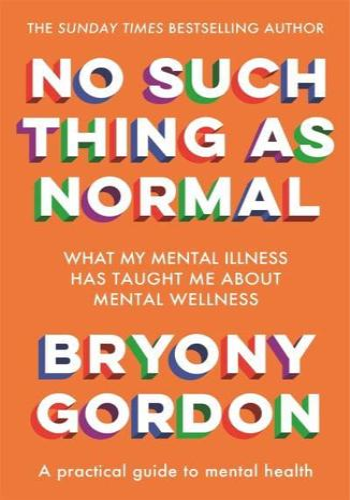A study of the hidden epidemic of male depression draws on case studies to examine the causes of the ailment and how men can heal themselves, repair relationships, and break the chain of depression.

A study of the hidden epidemic of male depression draws on case studies to examine the causes of the ailment and how men can heal themselves, repair relationships, and break the chain of depression.
Chapter 1: The Submerged Life
In this first chapter, the author Terry Real introduces the concept of "the submerged life," where men are conditioned to suppress their emotions and true feelings in order to fit into the societal expectations of masculinity. Real shares his own personal experience of growing up in a family where emotional expression was not allowed and how it later affected his relationships. He also describes how this suppression of emotions can lead to depression, anxiety, and other mental health issues in men.
Real gives an example of a client, Mike, who came to him for therapy because he was struggling with a failed marriage and a strained relationship with his teenage son. As Real begins to work with Mike, he uncovers that Mike's emotionally distant and controlling behavior was a result of his upbringing where his own father was emotionally distant and physically abusive. This example illustrates the impact of the submerged life on men and how it can manifest in their relationships.
Chapter 2: Men and Shame
In this chapter, Real dives deeper into the concept of shame and how it plays a significant role in the lives of men. He explains that shame is not a feeling that men are usually comfortable acknowledging or talking about, and it often leads to depression and other self-destructive behaviors.
Real shares the story of David, a successful businessman who came to therapy because he was struggling with intense feelings of emptiness and self-loathing. Through therapy, Real helped David to uncover the source of his shame, which stemmed from his father's consistent criticism and belittlement. This experience led David to internalize feelings of not being good enough, resulting in a deep sense of shame. This example illustrates how shame can be a powerful force in men's lives and how it can stem from childhood experiences.
Chapter 3: Silence: The Hidden Barrier
In this chapter, Real explores the impact of silence and its role in men's emotional lives. He explains that men are often pressured to keep silent about their feelings and experiences, leading to a sense of isolation and disconnection from others.
The author shares the story of Peter, a middle-aged man who had a successful career but struggled with chronic loneliness and feeling disconnected from his wife and children. Through therapy, Real helped Peter to open up about his childhood experiences of sexual abuse, which he had kept hidden for many years. This example highlights the damaging effects of silence and how it can hinder true emotional connection and intimacy in men's relationships.
Chapter 4: Anger and Its Discontents
In this chapter, Real delves into the topic of anger and how it can be a destructive force in men's lives. He explains that often, men's anger is a result of repressed emotions and feelings of powerlessness, and it can lead to violence and aggression.
Real shares the story of Ron, a man who had a history of explosive anger and destructive behavior. Through therapy, Real helped Ron to recognize that his anger was a mask for feelings of deep hurt and shame from childhood experiences of abandonment by his father. This example highlights the connection between anger and unaddressed emotions and how it can adversely affect men's relationships and mental health.
Chapter 5: Men and Self-Injury
In this chapter, Real discusses the issue of self-injury in men and how it is often a result of the inability to express and deal with difficult emotions. He explains that self-injury can take many forms, such as substance abuse, compulsive eating, risky sexual behaviors, and more.
Real shares the story of Tom, a middle-aged man who came to therapy because of his struggles with substance abuse, binge eating, and risky sexual behavior. Through therapy, Real helped Tom to uncover underlying feelings of shame and self-hatred stemming from childhood traumas. This example illustrates how self-injury can be a coping mechanism for men to deal with unaddressed emotional pain.
In conclusion, "I Don't Want to Talk About It" sheds light on the effects of the submerged life and societal expectations on men's emotional well-being. Through real-life examples, the author illustrates how men's struggles with suppressed emotions can lead to numerous mental health issues and negatively impact their relationships. The book serves as a powerful reminder for both men and women to break the silence and have open and honest conversations about emotions and mental health.